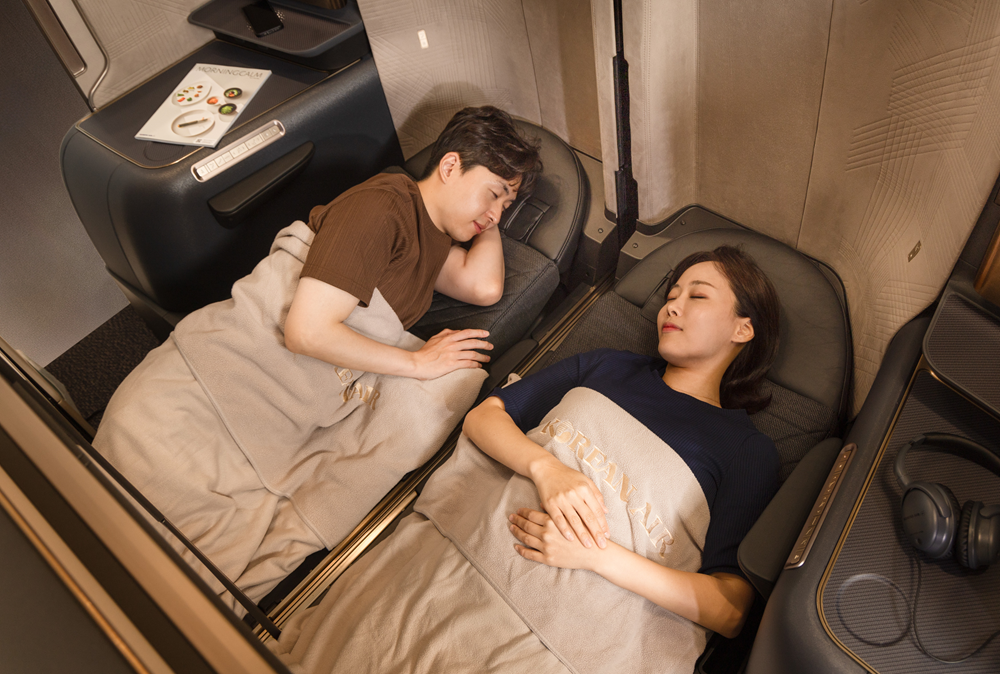Qantas gets better at filling aircraft seats
24 August, 2018
4 min read


Noticed that aircraft on Australian domestic flights are becoming more crowded as airlines fill a bigger percentage of seats?
It’s a trend that’s set to continue for passengers of the nation's biggest airline.
Qantas believes it can absorb increased domestic passenger demand by filling more seats on existing aircraft and matching planes to demand on routes rather than by adding overall capacity.
READ Qantas underlying profit hits a new record.
After a surge of growth in the so-called capacity wars, Australia now seems stuck at a bottom of the basket of countries used in the International Air Transport Association to illustrate domestic growth.
The latest Australian government figures show domestic capacity in June 2018 was down by almost 1 percent compared to a year ago and the number of aircraft trips fell by 4.8 percent.
The result was the industry-wide load factor rose from 77.4 percent in June 2017 to 78.6 percent in the latest month.
Higher load factors give airlines better control over yields, a measure of average fares, and this helps them to boost margins and profitability.
That was certainly the case for Qantas, which on Thursday said its Qantas and Jetstar domestic operations achieved a combined record underlying profit of $A1.1 million, up 25 percent on the previous year.
“We’re seeing healthy levels of demand in all parts of the domestic market,’’ said Qantas chief executive Alan Joyce. “our corporate share remains strong, our SME share is growing and leisure travel is expanding.”
Despite this growth, capacity in the domestic market fell by 0.5 percent in financial year 2017 and is expected to remain flat in the current financial year.
According to Joyce, the airline has become much better at matching capacity to demand.
He gave the example of the end of the resources boom in Western Australia.
Qantas managed that by moving in smaller aircraft and it is continuing to manage that as it sees signs of recovery.
It has also become very good at managing seasonal demand in the domestic market, he said, matching capacity with high-demand periods such as Christmas and school holidays as well as lower demand periods such as August.
“What Jetstar and Qantas have gotten very good at doing is contouring and managing those capacities better,’’ he told the Qantas results announcement on Thursday.
“We’re also using the empty seats on the aircraft.
“What you’ve seen in these results is that we’ve improved our seat factor by 2.6 percent which means we are taking more demand, but we are doing it within the existing capacity.”
Joyce argued this “makes sense for everybody” and was one of the reasons domestic airfares continued to be low in Australia.
“They’re down 40 percent on the discount fares compared to where they were back 15 years ago when the government started recording statistics,’’ he said.
“I don’t think there’s another product or service in Australia in real terms that are down by 40 percent.
“And the customers are getting a better product than they’ve ever done — better lounges, better seats, wi-fi, better aircraft overall.
“So that’s a unique combination and it’s because we’re getting the efficiency right and using what we have right.
“And we think there’s still more of that can be done going forward and that’s why we’re maintaining the capacity decision that we have.”
Joyce said the airline moves aircraft around when it sees growth opportunities.
“So while the overall picture of flat growth, there are individual markets that are going to see some growth, particularly what we’ve seen in the resources sector,” he said.
“We’re actively looking and we are putting aircraft into Western Australia, as an example, because we’re starting to see that dramatically recover.’’
Next Article
2 min read
Qantas triples profit but misses mark

Get the latest news and updates straight to your inbox
No spam, no hassle, no fuss, just airline news direct to you.
By joining our newsletter, you agree to our Privacy Policy
Find us on social media
Comments
No comments yet, be the first to write one.
